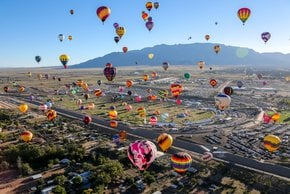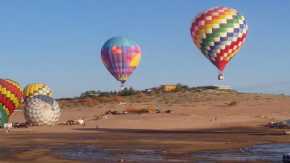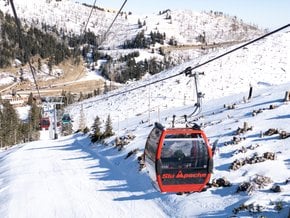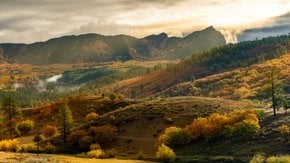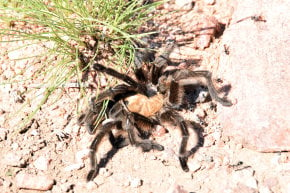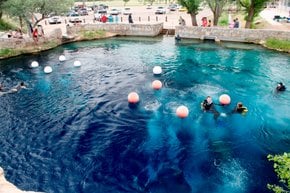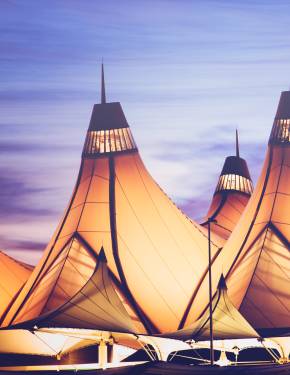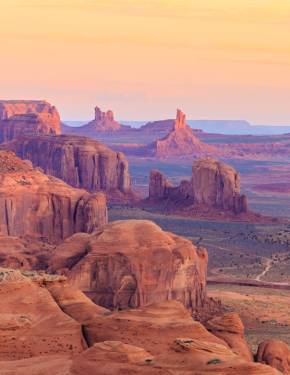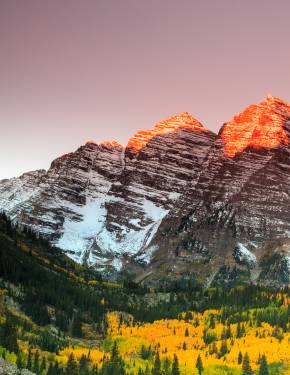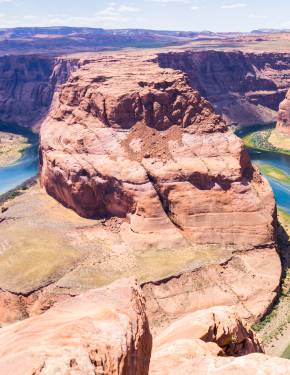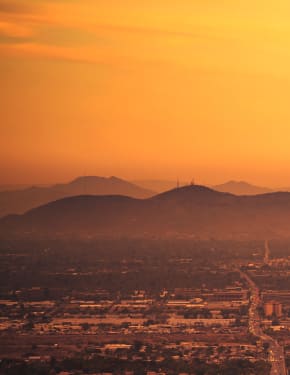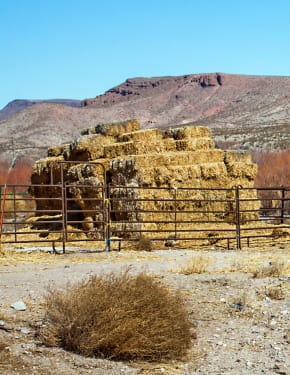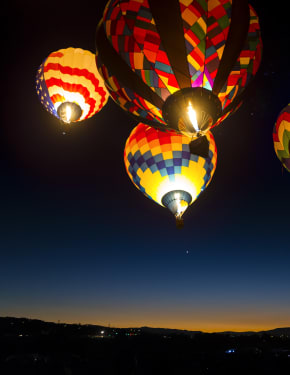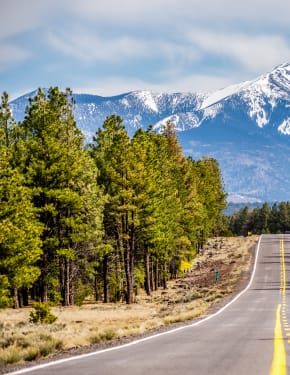Sandhill Crane Migration in New Mexico 2025-2026
Birds put on an amazing show at Bosque del Apache over the winter
Best time: late October–early February
Sandhill cranes are among the most prominent birds in North America. They can't be missed due to their large size of 4-6 ft (1.2-1.3 m) and incredible mobility. Sandhill cranes make an appearance in half a dozen states during their annual migration between north and south. Bosque del Apache National Wildlife Refuge, near Socorro in New Mexico, is one of the cranes' favorite wintering sites. It hosts cranes, which arrive from Alaska and Canada, looking for shelter and food during the cold months.
Migration Process & Season
Sandhill cranes spend their summer in the northern states of the US, Canada, and Alaska, keeping away from the heat, with some hiding away in the taiga forests of Canada. In September and October, the birds set off on a journey to San Luis Valley in Colorado, staying there for a while to feed and rest. As the temperatures drop, sandhill cranes travel south to New Mexico by late October or late November. They tend to stay in the grasslands of southern states and near the northern Mexican border and can be frequently spotted in Rio Grande Valley and Bosque del Apache National Wildlife Refuge.
Starting from March, cranes start moving towards the Midwest and western states of the US. Their usual route lies along Nebraska’s Platte River, which offers abundant food and water sources. After preparing for the breeding and nesting season, sandhill cranes return to northern states and Canada as the heat grows stronger.
Bird Migration in Bosque del Apache
Starting from Halloween, the 57,331 ac (23,067 ha) refuge located at the foothills of the Chupadera and San Pascual Mountains witnesses a spectacular bird show put on by sandhill cranes, whooping cranes, ducks, and snow geese that stay in the Río Grande bosque overnight and feed at nearby agricultural fields.
Best Time & Spots
It's important to check in with the visitor center for recent roosting sites and bird sightings. The best time to spot birds is usually at sunrise when they leave their nighttime shelter to look for food. The best spots include the Wetland Roost along NM 1 or the North Loop Pond, which is equipped with the Flight Deck for the best views. The birds usually leave by Valentine's Day, heading to their breeding grounds in the north.
Hours & Schedule
Bosque del Apache National Wildlife Refuge is open from one hour before sunrise until one hour after sunset. The Visitor Center and Friends of Bosque del Apache Nature Store operate from 9 am until 4 pm from Thursday until Monday.
Admission
The daily admission fee is $5 per pedestrian or per vehicle. The annual Bosque del Apache Pass costs $15 and grants you access to the refuge for a year after purchase. Federal Duck Stamp, which costs $25, gives you entry to all National Wildlife Refuges for a year. No fee is charged on Dr. Martin Luther King, Jr. Day, Juneteenth, National Public Lands Day, the First Sunday of National Wildlife Refuge Week, and Veteran's Day.
Getting to Bosque del Apache
The natural area is spread along Old US Highway 85 and is easy to reach from the nearby cities. If you're traveling from the north, drive along Interstate 25, then turn to exit 139 near the village of San Antonio, turn right onto Highway 1, and continue driving to Visitor Center. Traveling to the refuge from the south is even easier: you need to drive along Interstate 25 until exit 115, after which you'll again turn onto Highway 1 and keep driving until Visitor Center.
Festival of the Cranes (December 11-15, 2024)
To celebrate the annual migration, Bosque del Apache hosts the annual Festival of the Cranes during the week before Thanksgiving, the peak time for crane-watching. The festival features lectures, photography workshops, and various educational activities. Creative visitors can also participate in the annual art contest or a photography competition. The event takes place in the refuge itself and at the City of Socorro Convention Centre, 18 miles (29 km) from the refuge. Some events also unfold at Socorro Plaza, Old San Miguel Catholic Church, and other locations in Socorro.































































